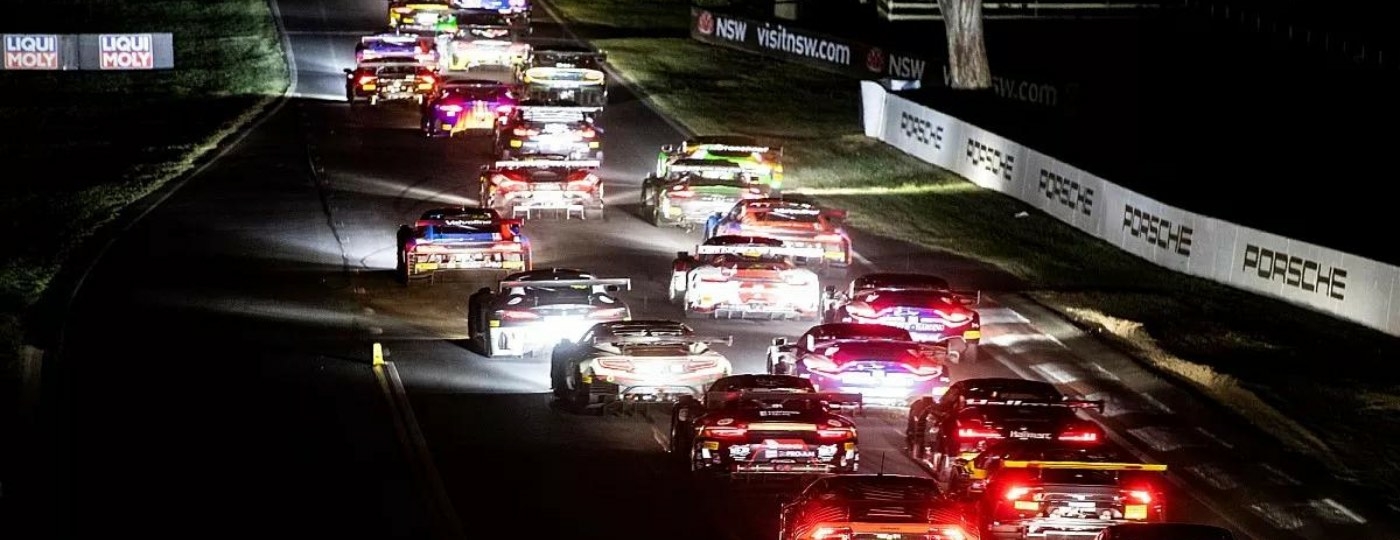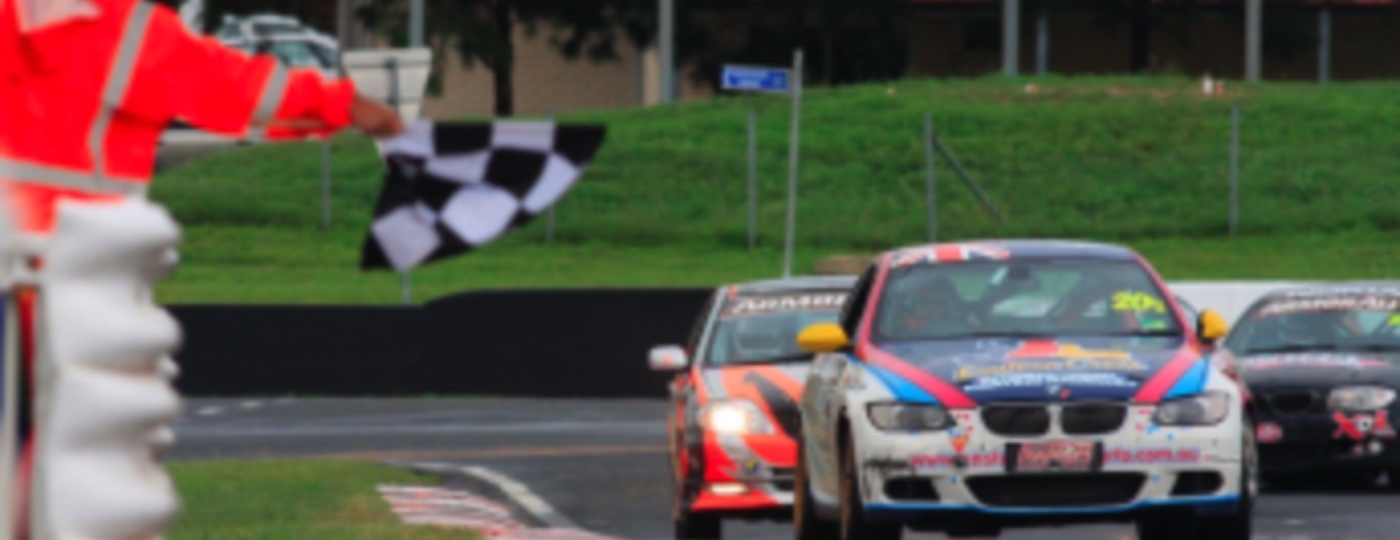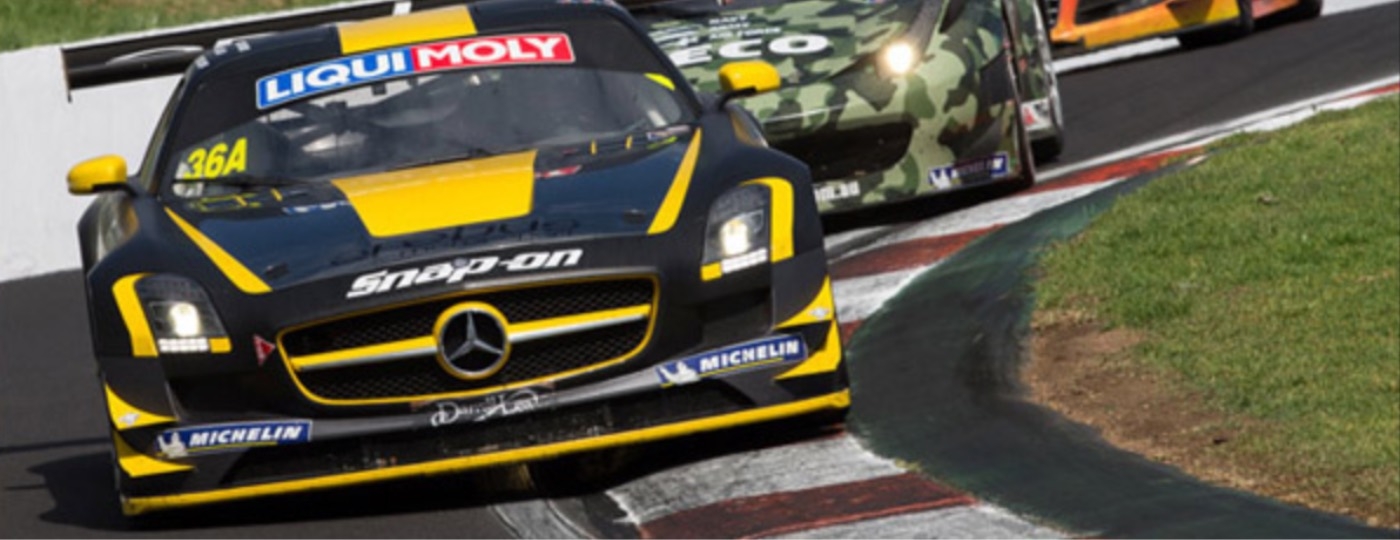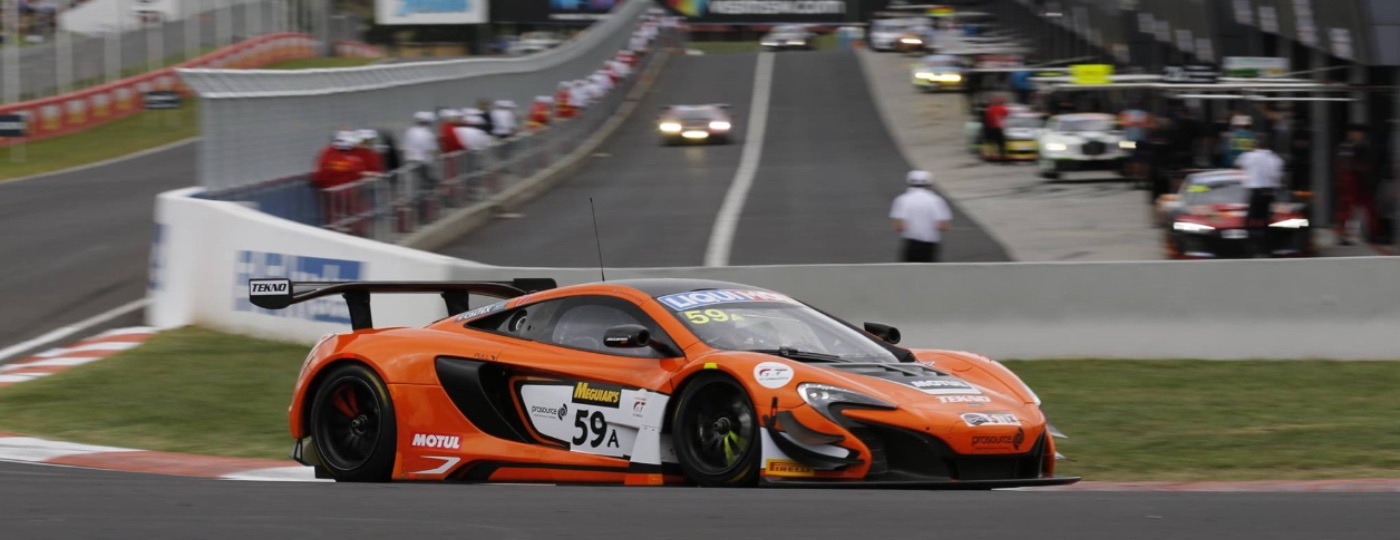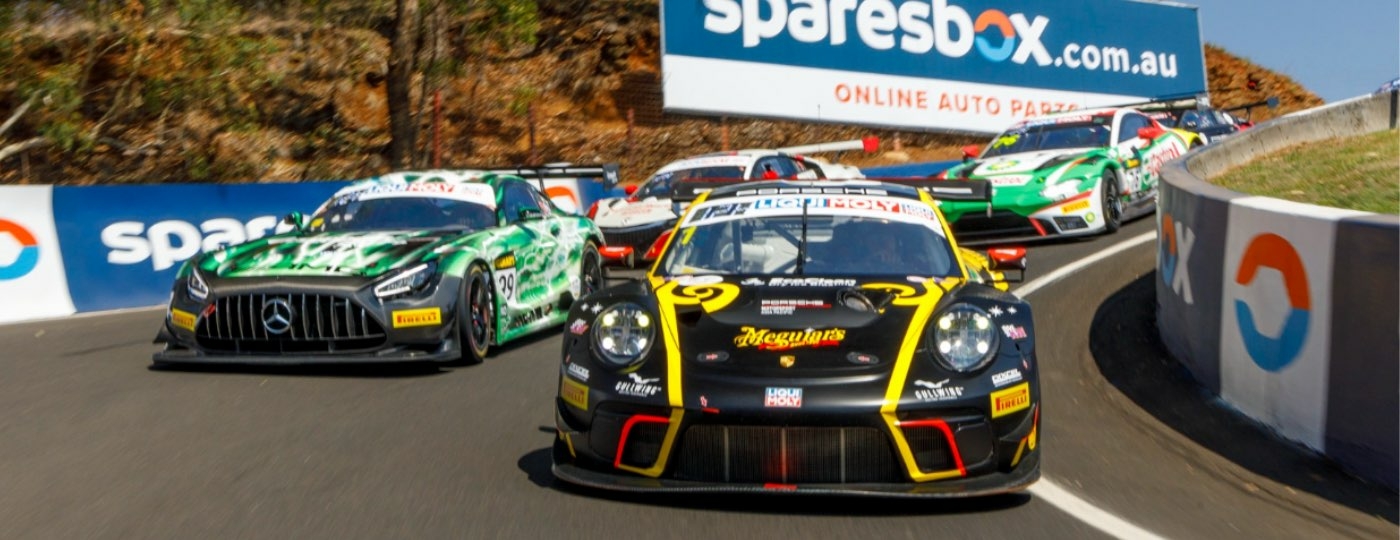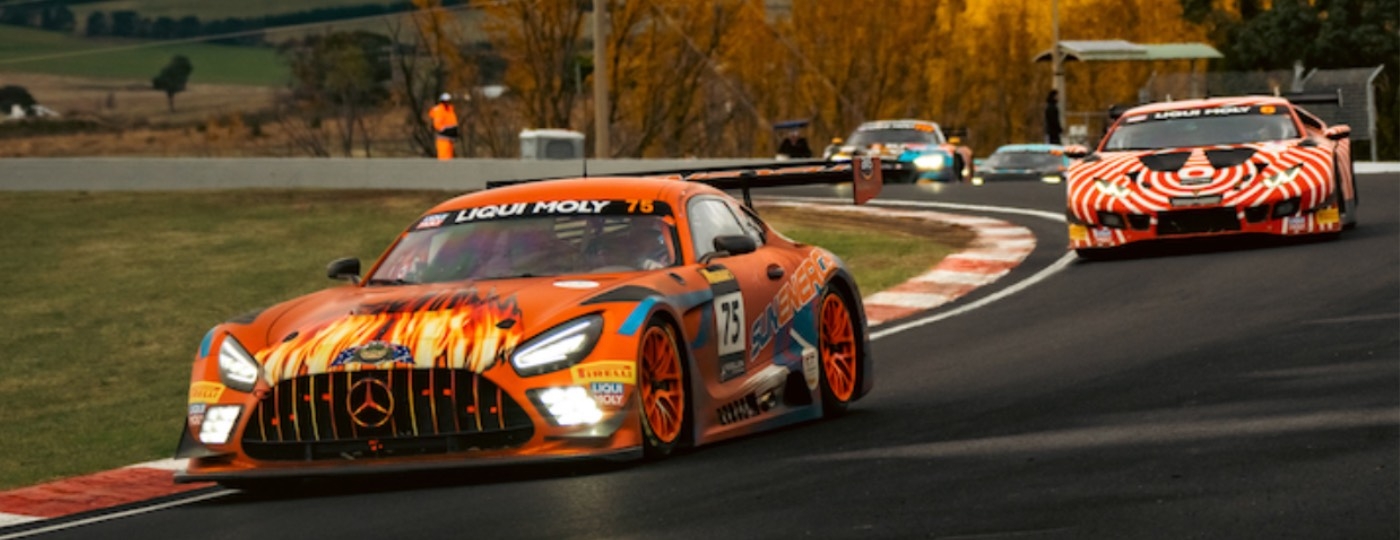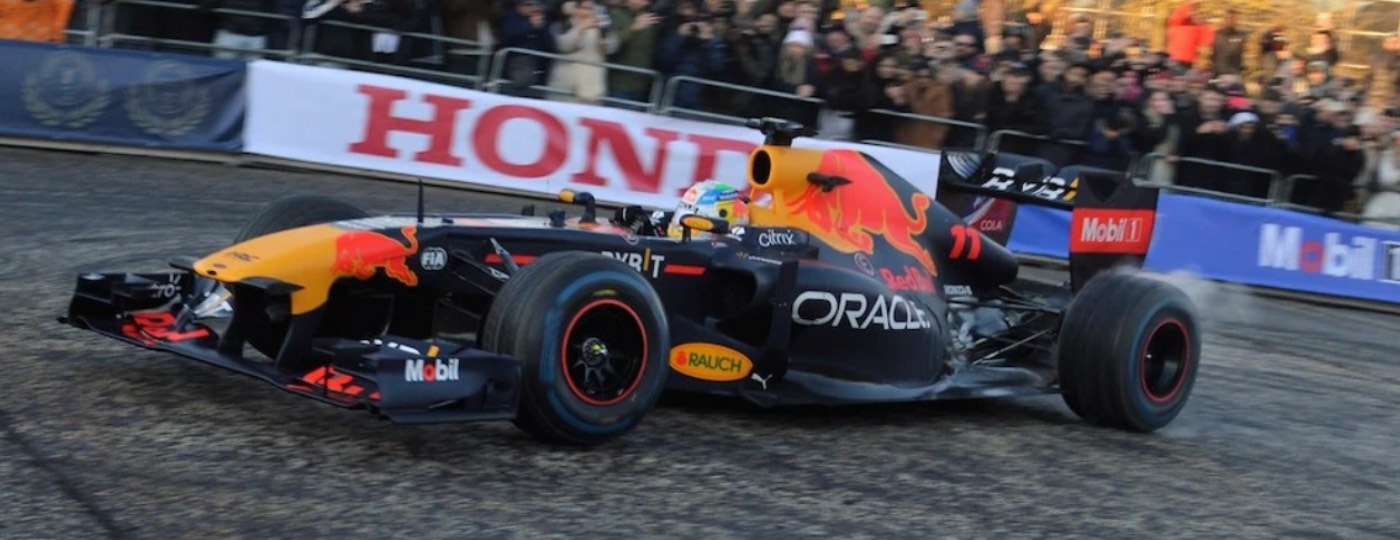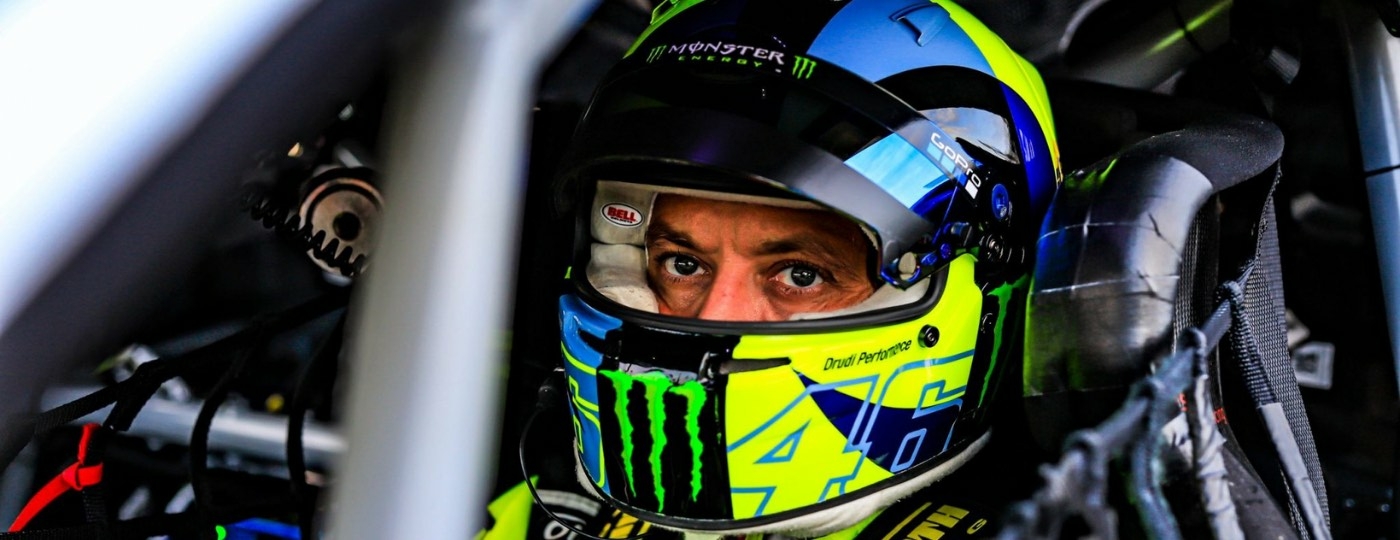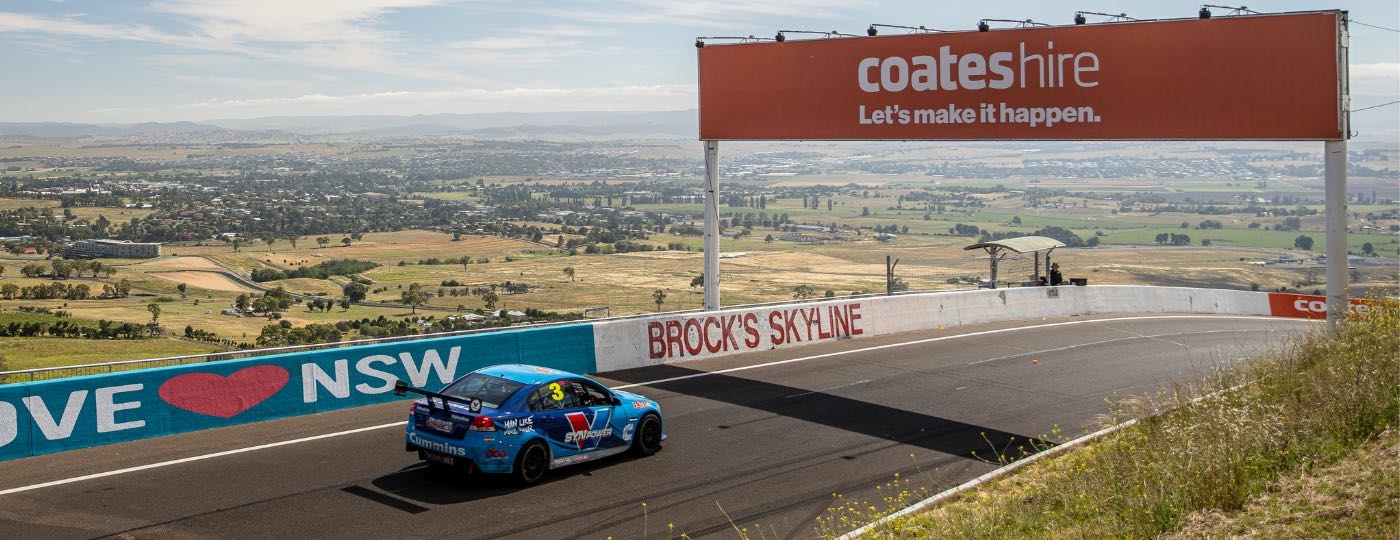History of the Bathurst 12 Hour
How it all started
Bathurst 12 Hour, now an integral and beloved part of the racing calendar in Australia, originated as the brain-child of promoter Vincent Tesoriero. The race has encountered various formats and car types before Bathurst’s most experienced motorsport event organiser, James O’Brien turned the event into an international GT race that has grown in popularity and prestige over the last decade.
In 1990, with the decline of touring car racing and an increasingly popular production car scene, Tesoriero saw an opportunity to bring cars and bikes together for endurance racing at Bathurst.
The concept was fairly radical for the time, considering that prior production car race events were typically relatively short sprints lasting 10-15 laps. Tesoriero proposed instead that they be adapted into a 12 Hour endurance event on Sunday at Bathurst, with bike races taking place on Friday and Saturday, continuing the tradition he’d established with Six Hour productions.
The idea was met with a mix of enthusiasm and scepticism by both fans and drivers alike.
For its inception in 1991, only 24 cars competed due to certain modifications needing approval before they could take part. But from then on, it has taken various forms and now attracting high-end cars to become one of the most highly anticipated races each year at Mount Panorama Racing Circuit. The inaugural race ultimately saw victory for three drivers sharing a Toyota Supra Turbo–Allan Grice, Peter Fitzgerald and Nigel Arkell.
The hiatus
Despite its success, the race went on hiatus from 1996 to 2006, citing rising costs as the main reason.
In 2002, PROCAR owner Ross Palmer announced he would revive the event with Bathurst 24 Hour.
Sadly, Palmer’s ambitious plans for the long-term revival of the event ultimately failed due to rising costs. Bathurst 24 Hour lasted for only two years.
The revival
The 2007 revival of the Bathurst 12 Hour marked an important return to the classic endurance race as part of the Bathurst Motorsport Festival.
Mastermind James O’Brien originally planned for GT cars to share the event with production cars, but instead, the regulations closely resembled its original concept as a race for production cars. Enthusiasts met this return with enthusiasm–teams entered 32 cars for the 2007 race, a much larger field than in previous years.
The 2007 edition of the 12 Hour would set up one of the most exciting eras in this classic endurance race, with both BMW and Mitsubishi proving strong contenders throughout its duration until 2011, when Audi took out first place on this incredible racetrack.

